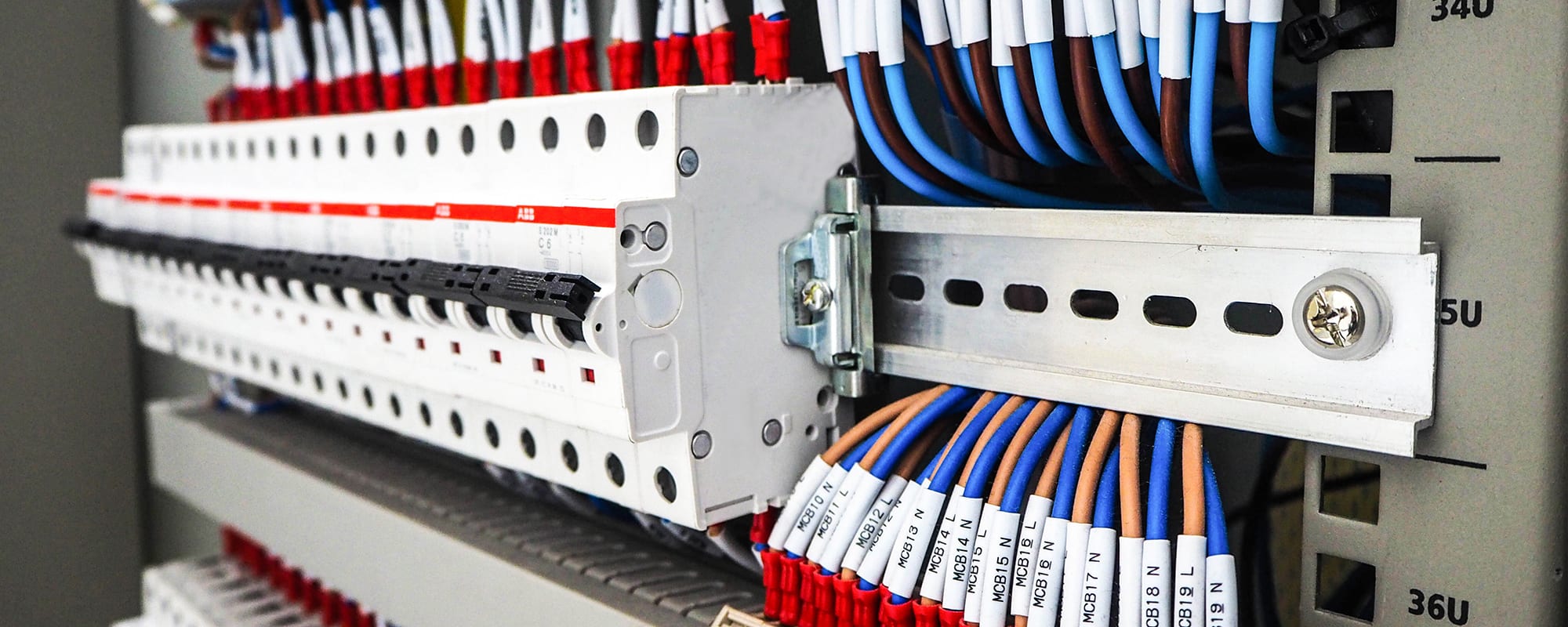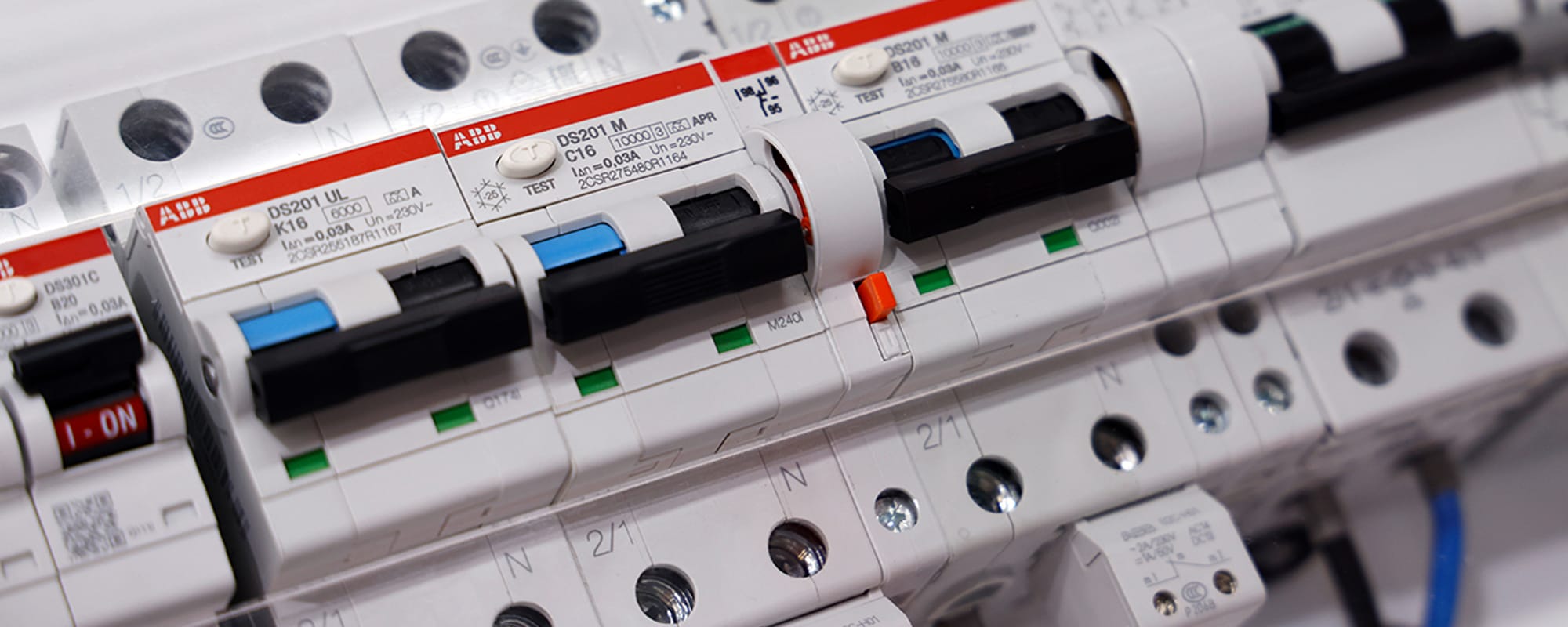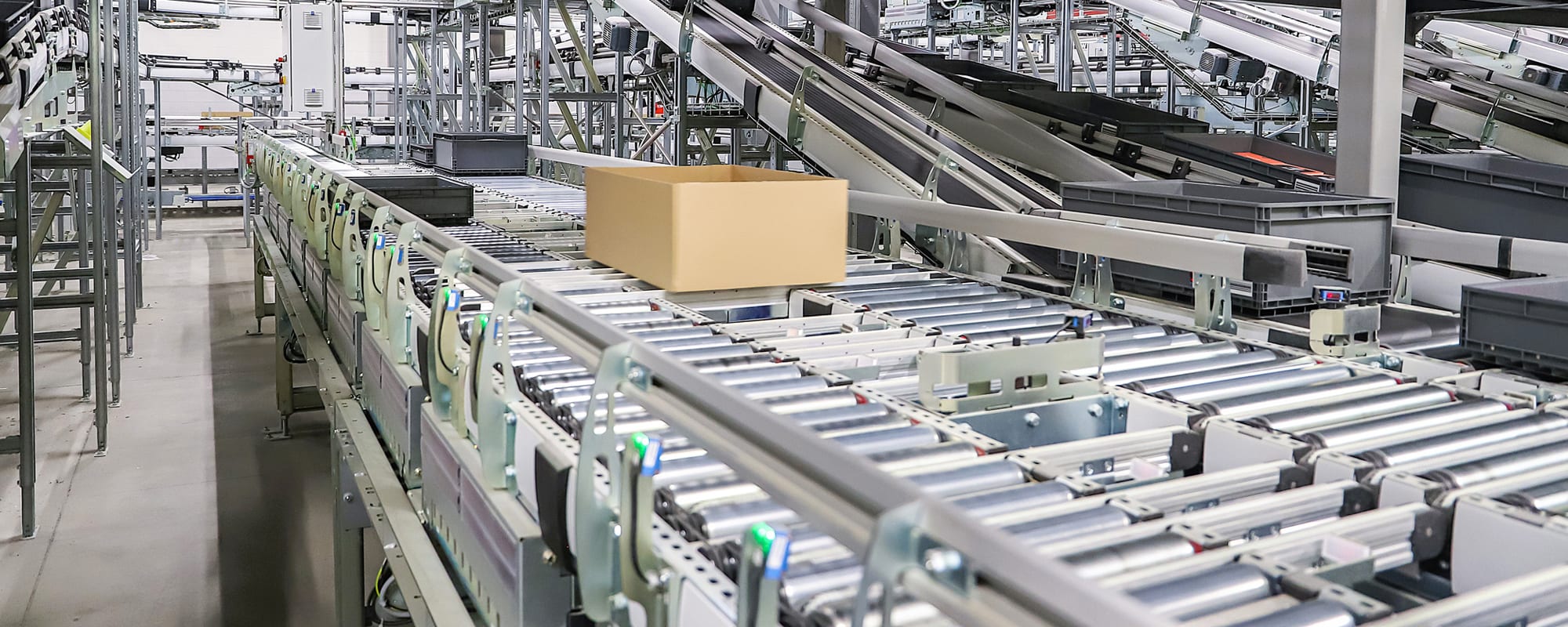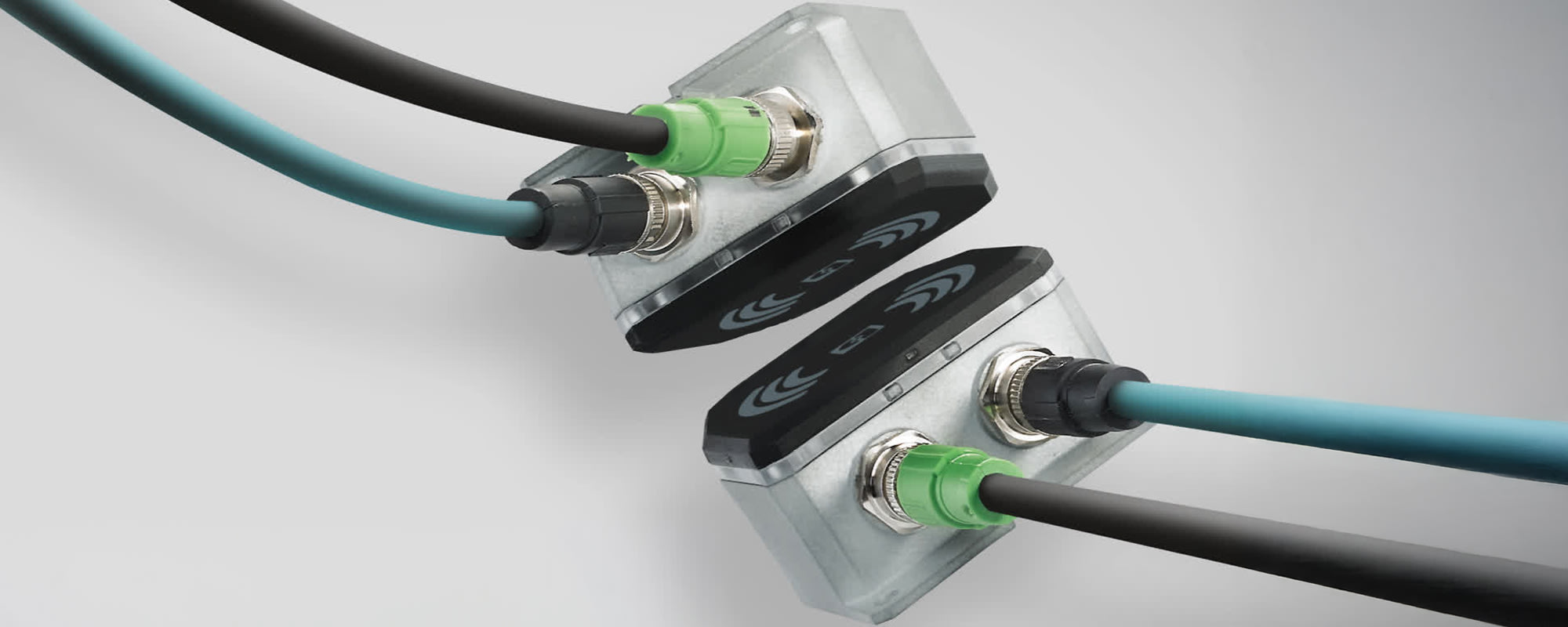Matt Mohr, Product Manager – Components at Omron Automation, shares five simple steps for building control panels optimized for today’s increasingly automated and intelligent manufacturing environments and supports that advice with two success stories.
Matt Mohr, Product Manager – Components, Omron Automation
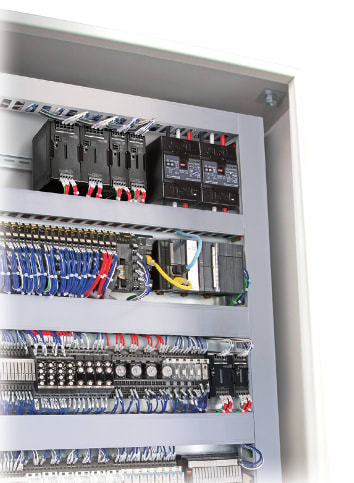
Industry 4.0 has brought even more connectivity and electronification to manufacturing facilities, and in addition to enabling smart devices, IIoT networks, and increased automation, it’s also crowding and complicating control panels, expanding their footprint, and ratcheting up the heat. Control panels contain a range of electrical devices essential for controlling industrial machinery, equipment, and processes. They are the heart of manufacturing facilities and, just like the rest of these operations, should be lean, efficient, and reliable, designed to maximize uptime, and engineered with the future in mind.
Control panels designed for today’s increasingly automated and intelligent manufacturing environments should utilize solutions that improve reliability and energy efficiency, minimize size and weight, and leave adequate space to support future functionality expansions. They should also incorporate solutions that simplify wiring connections to reduce installation time, cost, and complexity and are durable enough to ruggedly withstand the hazards of industrial operating environments.
Prioritizing control panel solutions with these characteristics will help manufacturers optimize the design and construction of their control panels, as well as improve overall flexibility, minimize equipment downtime, maximize equipment lifetimes, and reduce engineering and operating costs, the former of which often accounts for about half the cost of control panel installations.
Not sure where to start? Just follow these five simple steps.
1. Opt for Slimmer Devices.
Industry 4.0 environments require smaller, slimmer, and lighter weight devices to accommodate existing functionality upgrades and leave ample space for future upgrades.
For example, Omron’s slim Value Design for Panel products can enable 20% reductions in panel size compared to control panels equipped with traditional devices, and manufacturers that make the switch can achieve space savings of up to 50% overall.

2. Embrace Uniform Dimensions.
Populating control panels with uniformly sized devices enables more efficient stacking arrangements, minimizes dead space, and makes it much easier for manufacturers to customize their existing designs. When device heights vary, it creates significant amounts of unusable space as well as hotspots where heat collects, especially when taller devices obstruct airflow around shorter devices. Uniform control panel devices also optimize the width between wiring ducts, and the space savings they offer can enable smaller control panel designs and free up more space on manufacturing equipment.
Omron’s uniformly sized Value Design for Panel products, for instance, can reduce dead space by 20%. Options include power supplies, timers, power monitors, measuring and monitoring relays, DIN-rail terminal blocks, EtherCAT slave terminals, sockets for relays, timers, and liquid leakage sensors, temperature controllers, and other essential control panel solutions.
3. Optimize Airflow.
As we all know, electronic components and devices generate heat, and heat is the enemy of electronics. So, since control panels contain such high densities of electronic devices responsible for controlling vital industrial machinery, equipment, and processes, it is absolutely imperative to optimize their air circulation, mitigate hot spots, and effectively dissipate heat. Doing so will prevent the devices from overheating and failing, reduce related downtime, and help extend their lifetime.
One of the best ways to minimize heat in your control panel is to generate less of it from the get-go. When devices are designed to consume less power, they generate less heat and can be mounted side by side at an ambient temperature of 55°C to improve air circulation.
Another way to improve air circulation is to employ uniformly sized devices, as differences in height create dead space where heat collects and allow hot spots to develop, which can potentially damage wiring and other components. Stacks of uniformly sized devices eliminate these obstructions to airflow and dramatically extend device reliability and lifetimes, which can significantly reduce equipment downtime and associated maintenance and productivity costs.
4. Improve Vibration Resistance.
Control panels are subject to vibration during both shipping and operation, and it can wreak havoc on control panels with conventional screw terminations, loosening the screws and potentially even causing device damage. To avoid this, manufacturers should select components and devices equipped with rugged, reliable, and user-friendly push-in wiring technology.
Omron’s robust and vibration-resistant Push-In Plus wiring technology is quick and easy to install and five times stronger than the IEC standard, and it doesn’t require any retightening after transit or during maintenance. For example, our terminal blocks with Push-In Plus wiring technology have a pull-out force of 125N versus 112N for terminal blocks with traditional screws, and this secure wire grip enables these components, as well as every other device equipped with Push-In Plus technology, to ruggedly resist damage that would otherwise be caused by vibration throughout the product lifetime.
5. Simplify Wiring Technology.

Component wiring is typically the most time-consuming part of the control panel building process. Push-in wiring technologies require very low insertion force to establish robust, reliable connections and significantly increase wiring speed due to this ease of installation.
Omron’s Push-In Plus technology, for example, reduces panel wiring time by 60% compared to traditional screw terminations, accepts ferruled, solid, and stranded wires, and has an innovative spring mechanism that enables both exceptionally low insertion force and high pull-out force to ensure secure connections. In fact, it takes less effort to insert a wire into a Push-In Plus terminal (8N) than it does to plug in a typical set of wired earphones (10N). In addition, our Push-In Plus terminal mechanisms are designed to hold a screwdriver so installers can have both hands free when inserting wires into the front-facing cable entry points, and they are available on all of our Value Design for Panel products.
The Proof is in the Panels
Following these five simple steps is proven to result in smaller, lighter, more reliable, and higher efficiency control panels that simplify wiring, reduce engineering and operating costs, ruggedly withstand the hazards of industrial operating environments, offer adequate space for future functionality expansions, minimize downtime, and maximize equipment lifetimes. But don’t just take my word for it. The proof is in the panels at ULVAC, Inc., Voshol Warmte-Elektrotechniek, and hundreds of other manufacturers.
When ULVAC, Inc., a Japanese manufacturer of thin film deposition systems, wanted to reduce the size of its two-panel solution, along with its associated installation and maintenance costs, it chose Omron’s Value Design for Panel solutions. Our Push-In Plus products eliminated the complex and labor-intensive wiring processes they were used to, improved vibration resistance and reliability, and minimized maintenance requirements. In addition, their standardized, miniaturized heights and thicknesses reduced the overall size of their control panel as well as dead space. By making the switch to our Value Design for Panel solutions, ULVAC was able to reduce wiring time by 50%, panel size by 30%, and manufacturing costs by 30%. But it wasn’t just our product technology that earned us their business; it was also our superior product availability and customer support.
Our unique mix of innovative control panel products and value-added solutions also earned us the business of Voshol Warmte-Elektrotechniek, a Netherlands-based electrotechnical installation company that builds control cabinets designed to control the heating, ventilation, lighting, and irrigation in greenhouse horticulture applications.
Voshol used compact relays from our Value Design for Panel portfolio, as well as our engineering services, to reduce the size of their control cabinets by 20%, achieve time and cost savings of about 15%, and improve the air circulation and climate control in their customer’s greenhouses, which benefits customers’ crop growth and revenue. Due to the high humidity in greenhouses and the widespread use of fertilizers and crop protection products, it’s not always possible to cool control cabinets with fans. So, temperatures inside of horticultural control cabinets can reach 70°C or more, which is hazardous for both the components and the flammable shade cloths often used in these environments. Our smaller, uniformly sized, and more energy efficient relays minimized the relay footprint within the cabinets, reduced dead space, and made maintenance easier by giving personnel more room to work. They also improved cabinet flexibility by leaving space to add new components, which was especially important since greenhouse horticulture applications regularly change their layout to satisfy the lighting and climate control demands of various crops.
Optimize Your Control Panels With Omron Automation and RS
If you’re ready to optimize your control panels, RS offers a broad range of our Value Design for Panel products, including power supplies, timers, power monitors, measuring and monitoring relays, DIN-rail terminal blocks, EtherCAT slave terminals, sockets for relays, timers, and liquid leakage sensors, and temperature controllers. RS can also help you identify, install, and maintain Omron control cabinet solutions that can bring all the benefits I’ve described here to your factory floor.
For more information about Omron innovations in panel building, please visit our panel building solutions page. For more information about Omron Automation products available at RS, please visit our storefront on the RS site. For assistance selecting, deploying, and maintaining Omron control panel products, please contact your local RS representative at 1.866.433.5722 or reach out to the RS technical support team.
